
Develop a simple college personnel information management The system uses object linked lists or object arrays to store each object, uniformly manages the name, student number, job title, work number and other information of college personnel, and realizes the functions of adding, modifying, deleting, querying and statistics. There are three categories of college personnel: teachers, students and institutional personnel.
System research method: According to the actual situation of the system service object and the specific requirements for managing employee information and managing employee salaries, combined with the database principle and application, software engineering development method, this personnel salary management system has been developed after in-depth study.
The existing student performance management system is mainly aimed at the storage and statistics of performance data information, and the design of the system is cumbersome, the management is not specialized enough, and there are too many personnel required, so the security and confidentiality of the system is not good; the query function is simple, and the data sharing is not high.
Survey of the current situation of the current system. The existing student performance management system mainly aims at the storage and statistics of performance data information. Moreover, the design of the system is cumbersome, the management is not specialized enough, and there are too many personnel required. Therefore, the security and confidentiality of the system is not good; the query function is simple, and the data sharing is not High.
1. The management information system can centralize the data and information in the organization, process it quickly, use it uniformly, and support decision-making.
2. Information technology foundation: The study of computer information management first needs to establish a solid information technology foundation, including the principles of computer hardware and software, operating systems, database management systems, network technology and other knowledge, so as to lay a solid foundation for subsequent information management.
3. The overall design of the system. These include: the determination of the overall layout scheme of the system, the design of the overall structure of the software system, the overall design of data storage, the selection of the computer and network system scheme, etc. Detailed design of each part.
4. III). Basic principles and course introduction Management Information System is a training science.The theoretical course of information system analysis, design and development ability requires students to have strong hands-on practical ability. This course focuses on basic theory, basic knowledge and basic methods in terms of teaching content.
Technical aspects that need to be considered: (1) Physical security; (2) Data communication security; (3) Application system security; (4) Key Management; (5) Customer information authentication and confidentiality; (6) Intrusion monitoring mechanism and reporting response mechanism.
On the one hand, consider the impact of the warehousing management information system on the entire distribution center system, and on the other hand, separate the warehousing management information system from other systems in the distribution center for effective research.Main content: (1) Demand analysis of the distribution center warehousing management information system.
Yes, any module abstraction in a computer system should consider the three aspects of data, operation and control, which is called the "three elements of data, operation and control (DOC)". First of all, data is the most basic component of the computer system. It is the input, output and intermediate result of computer programs.
The overall design of the social security information system should include the following aspects: (1) Design a unified basic business system. Using information technology, we will integrate the business characteristics of each province, unify the basic business processes, and construct a complete and reasonable social security business system that is unified in the province and can be connected with the national social security business.

"Top-level Design of Information Technology" originates from a design concept in the field of natural science or large-scale engineering technology.
First of all, if you want to do a good job in the top-level design of informatization, you should first establish "platform thinking". Under the guidance of platform thinking, you should complete specific information positioning, involving functional positioning, industry positioning, market positioning and user positioning, etc.
Security and risk management: Consider the security and risk of the system and data, design security policies, permission management, backup and recovery schemes, etc. to protect the information assets of the organization. Organizational structure and staffing: plan the structure and responsibilities of the organization, determine personnel requirements and equipment schemes, and ensure that the top-level design can be implemented.
When the future of the enterprise, the top-level design and the six major systems are all established, the next step is the truly "pragmatic" stage, that is, the fourth layer: the information application system.
Binance download iOS-APP, download it now, new users will receive a novice gift pack.
Develop a simple college personnel information management The system uses object linked lists or object arrays to store each object, uniformly manages the name, student number, job title, work number and other information of college personnel, and realizes the functions of adding, modifying, deleting, querying and statistics. There are three categories of college personnel: teachers, students and institutional personnel.
System research method: According to the actual situation of the system service object and the specific requirements for managing employee information and managing employee salaries, combined with the database principle and application, software engineering development method, this personnel salary management system has been developed after in-depth study.
The existing student performance management system is mainly aimed at the storage and statistics of performance data information, and the design of the system is cumbersome, the management is not specialized enough, and there are too many personnel required, so the security and confidentiality of the system is not good; the query function is simple, and the data sharing is not high.
Survey of the current situation of the current system. The existing student performance management system mainly aims at the storage and statistics of performance data information. Moreover, the design of the system is cumbersome, the management is not specialized enough, and there are too many personnel required. Therefore, the security and confidentiality of the system is not good; the query function is simple, and the data sharing is not High.
1. The management information system can centralize the data and information in the organization, process it quickly, use it uniformly, and support decision-making.
2. Information technology foundation: The study of computer information management first needs to establish a solid information technology foundation, including the principles of computer hardware and software, operating systems, database management systems, network technology and other knowledge, so as to lay a solid foundation for subsequent information management.
3. The overall design of the system. These include: the determination of the overall layout scheme of the system, the design of the overall structure of the software system, the overall design of data storage, the selection of the computer and network system scheme, etc. Detailed design of each part.
4. III). Basic principles and course introduction Management Information System is a training science.The theoretical course of information system analysis, design and development ability requires students to have strong hands-on practical ability. This course focuses on basic theory, basic knowledge and basic methods in terms of teaching content.
Technical aspects that need to be considered: (1) Physical security; (2) Data communication security; (3) Application system security; (4) Key Management; (5) Customer information authentication and confidentiality; (6) Intrusion monitoring mechanism and reporting response mechanism.
On the one hand, consider the impact of the warehousing management information system on the entire distribution center system, and on the other hand, separate the warehousing management information system from other systems in the distribution center for effective research.Main content: (1) Demand analysis of the distribution center warehousing management information system.
Yes, any module abstraction in a computer system should consider the three aspects of data, operation and control, which is called the "three elements of data, operation and control (DOC)". First of all, data is the most basic component of the computer system. It is the input, output and intermediate result of computer programs.
The overall design of the social security information system should include the following aspects: (1) Design a unified basic business system. Using information technology, we will integrate the business characteristics of each province, unify the basic business processes, and construct a complete and reasonable social security business system that is unified in the province and can be connected with the national social security business.

"Top-level Design of Information Technology" originates from a design concept in the field of natural science or large-scale engineering technology.
First of all, if you want to do a good job in the top-level design of informatization, you should first establish "platform thinking". Under the guidance of platform thinking, you should complete specific information positioning, involving functional positioning, industry positioning, market positioning and user positioning, etc.
Security and risk management: Consider the security and risk of the system and data, design security policies, permission management, backup and recovery schemes, etc. to protect the information assets of the organization. Organizational structure and staffing: plan the structure and responsibilities of the organization, determine personnel requirements and equipment schemes, and ensure that the top-level design can be implemented.
When the future of the enterprise, the top-level design and the six major systems are all established, the next step is the truly "pragmatic" stage, that is, the fourth layer: the information application system.
 Binance download
Binance download
544.17MB
Check Binance login
Binance login
511.88MB
Check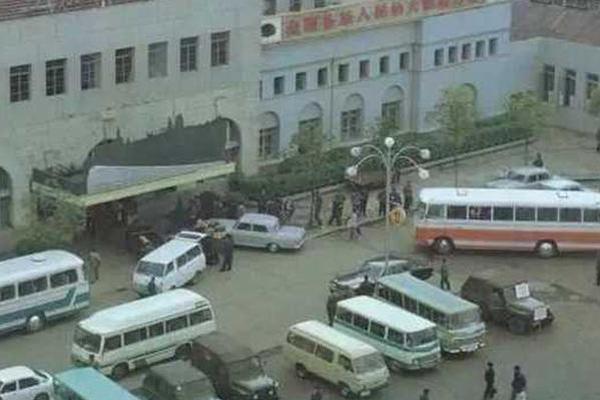 OKX app
OKX app
647.44MB
Check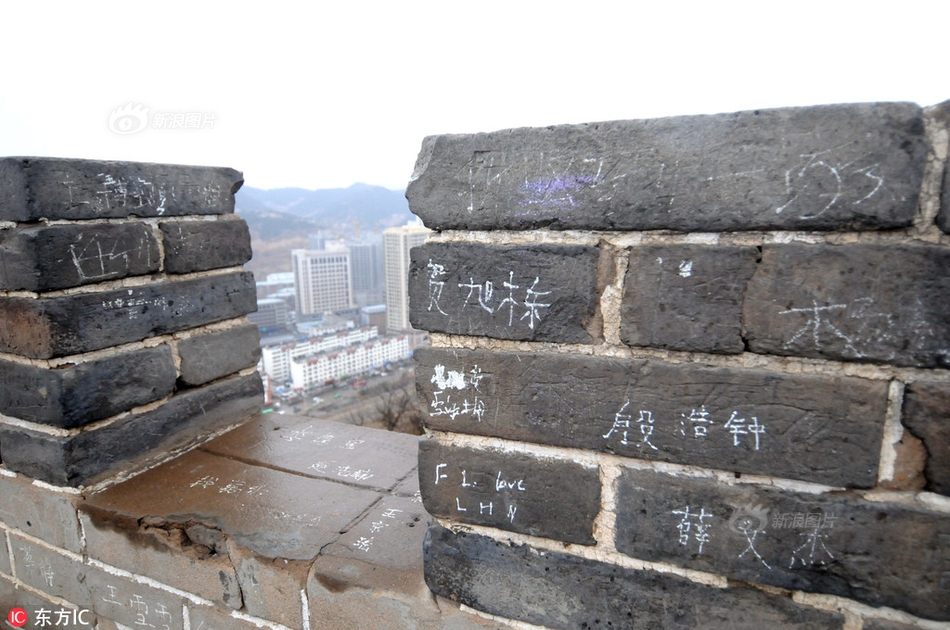 Binance Download for PC Windows 10
Binance Download for PC Windows 10
983.72MB
Check Binance exchange
Binance exchange
479.57MB
Check Binance download iOS
Binance download iOS
362.39MB
Check Binance wikipedia
Binance wikipedia
379.31MB
Check Binance market
Binance market
667.71MB
Check OKX review
OKX review
851.24MB
Check Binance download
Binance download
137.44MB
Check OKX Wallet extension
OKX Wallet extension
824.28MB
Check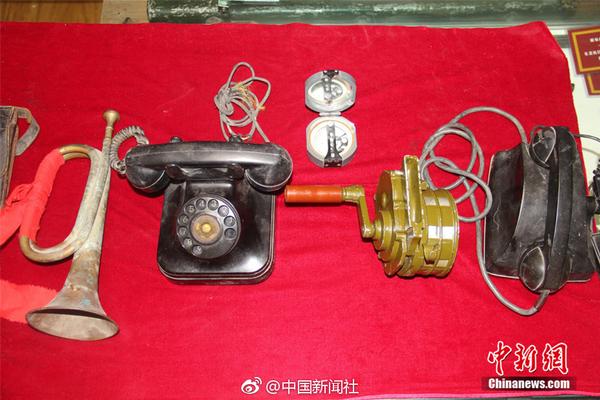 Binance app download Play Store
Binance app download Play Store
988.75MB
Check Binance market
Binance market
457.49MB
Check Binance download iOS
Binance download iOS
785.46MB
Check Binance exchange
Binance exchange
894.69MB
Check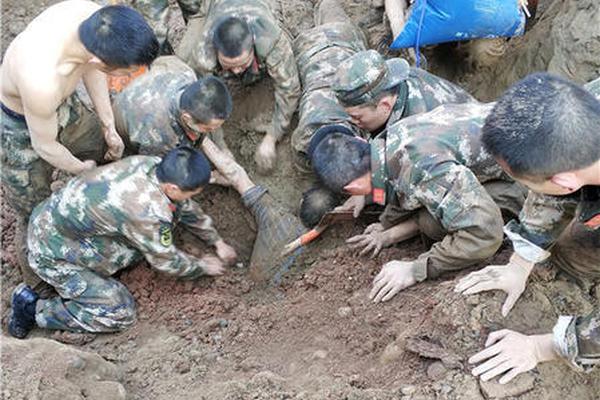 Binance app download Play Store
Binance app download Play Store
596.76MB
Check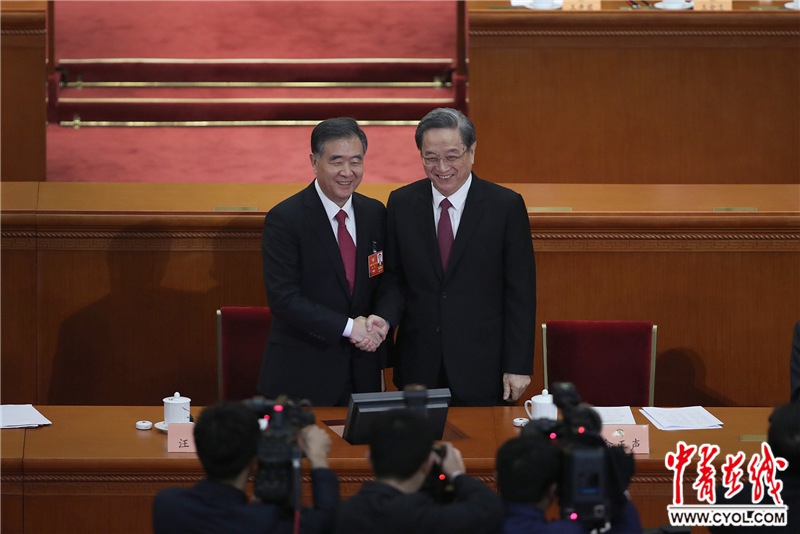 Binance APK
Binance APK
929.13MB
Check OKX Wallet app download for Android
OKX Wallet app download for Android
428.57MB
Check Binance US
Binance US
829.94MB
Check OKX Wallet Sign up
OKX Wallet Sign up
732.25MB
Check Binance app
Binance app
937.72MB
Check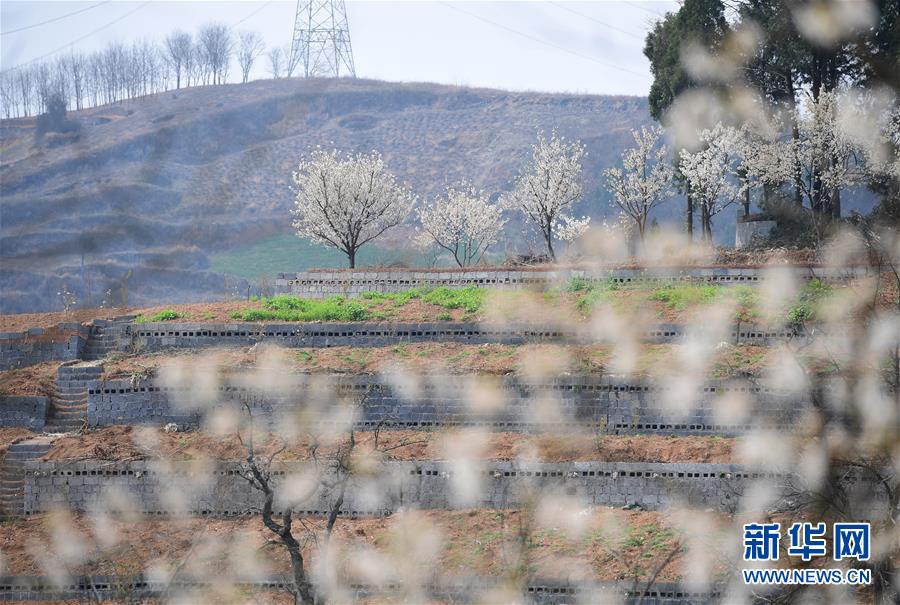 okx.com login
okx.com login
217.75MB
Check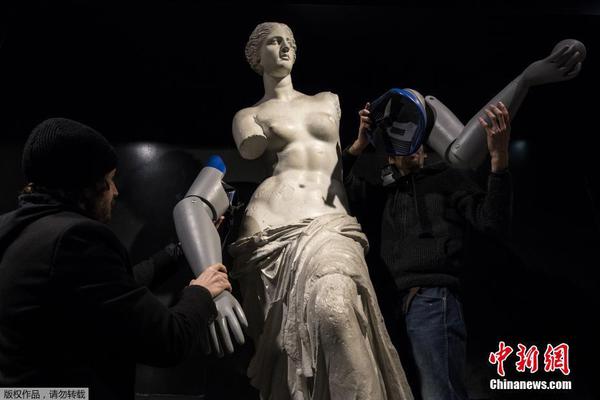 OKX Wallet APK
OKX Wallet APK
179.74MB
Check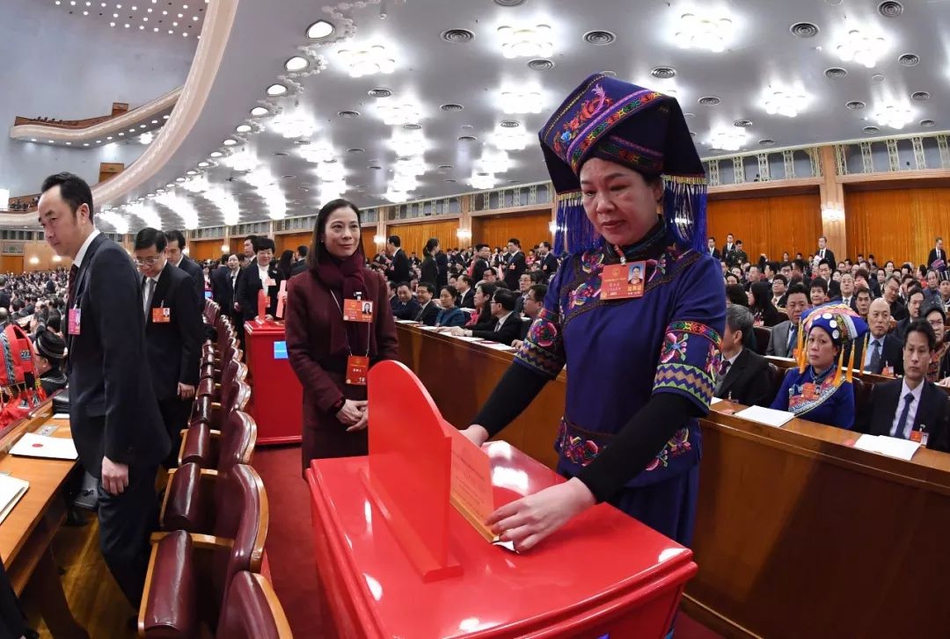 Binance app
Binance app
491.11MB
Check Binance app
Binance app
487.77MB
Check Binance login
Binance login
851.24MB
Check Binance APK
Binance APK
483.81MB
Check Binance login App
Binance login App
351.58MB
Check Binance login
Binance login
333.84MB
Check OKX Wallet apk download latest version
OKX Wallet apk download latest version
313.86MB
Check Binance US
Binance US
768.17MB
Check OKX Wallet to exchange
OKX Wallet to exchange
328.43MB
Check Binance download Android
Binance download Android
219.13MB
Check OKX Wallet extension
OKX Wallet extension
278.47MB
Check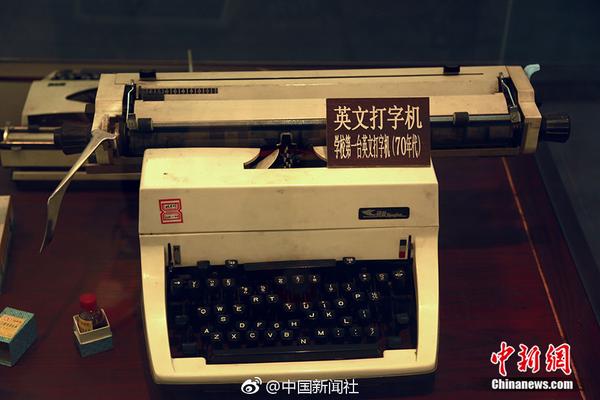 Binance Download for PC
Binance Download for PC
537.95MB
Check OKX Wallet APK
OKX Wallet APK
585.95MB
Check
Scan to install
Binance download iOS to discover more
Netizen comments More
1747 空口无凭网
2025-01-23 11:30 recommend
779 南贩北贾网
2025-01-23 10:44 recommend
1291 凌云之志网
2025-01-23 10:13 recommend
2229 酒肉朋友网
2025-01-23 09:59 recommend
1305 超然绝俗网
2025-01-23 08:49 recommend